Deck & Commander Strategies

Obosh, the Preypiercer
Focuses on casting spells with odd mana values to trigger double damage pings, using low-cost creatures and burn effects to rapidly reduce opponents' life totals.

Raphael, Fiendish Savior
A demon tribal deck that uses small aggressive creatures and tribal synergies to apply early pressure and burn opponents.
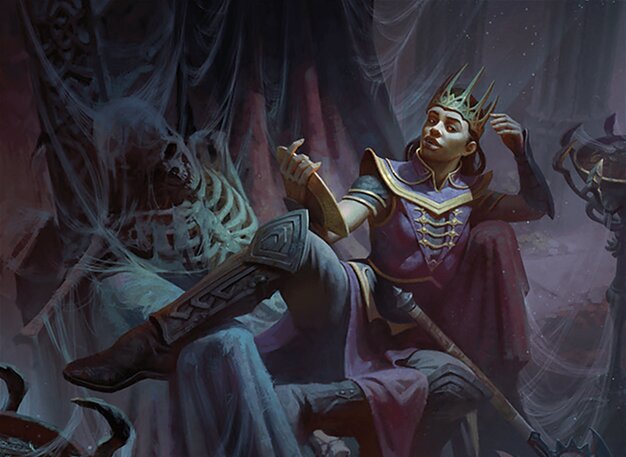

Kamber, the Plunderer and Laurine, the Diversion
Leverages creature deaths to generate blood tokens and uses goading effects to force opponents' creatures into unfavorable combat, capitalizing on sacrifice and token synergies.
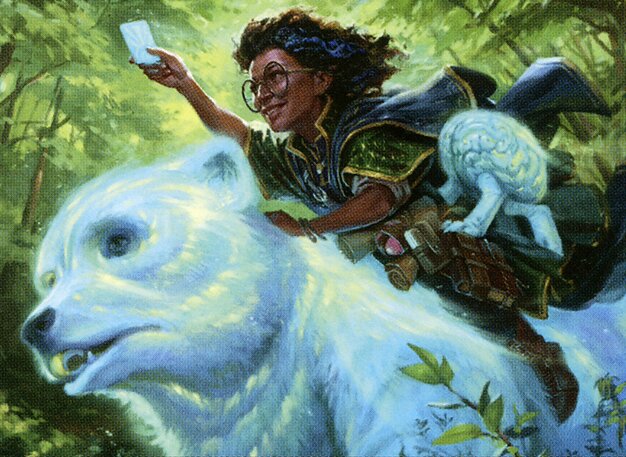
Minn, Wily Illusionist
Generates and sacrifices illusion tokens for card advantage and incremental value through triggered abilities.
Gameplay Insights
- 1
Using Camber and Laurine together to create blood tokens while goading opponents' creatures disrupted combat strategies and generated incremental advantage.
- 2
Double Vision significantly amplified spell impact by copying key sorcery spells, increasing damage output and value of burn effects.
- 3
Strategic timing of sacrificing creatures and regenerating key threats like Chandra's Spitfire created important tempo swings and board control moments.
- 4
Players leveraged cycling lands and card draw spells to maintain resource flow and continuously apply pressure with low-cost spells and creatures.
- 5
The synergy between odd mana value spells and Obosh’s ability created a constant stream of damage pings, accelerating the game pace.
Notable Cards
-
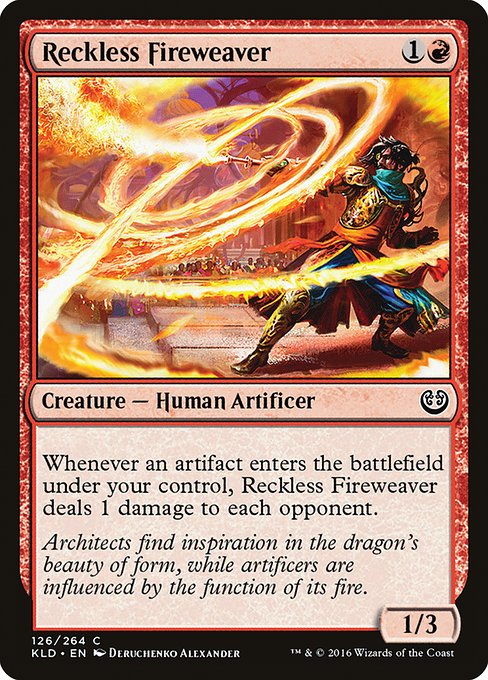
Reckless Fireweaver
-
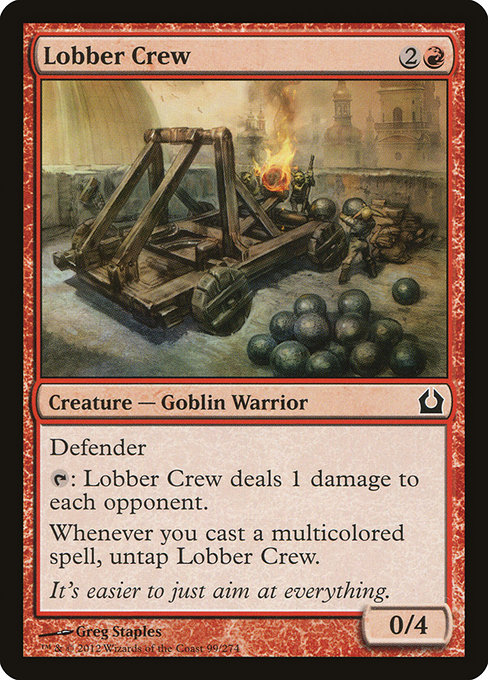
Lobber Crew
-

Chandra's Spitfire
-
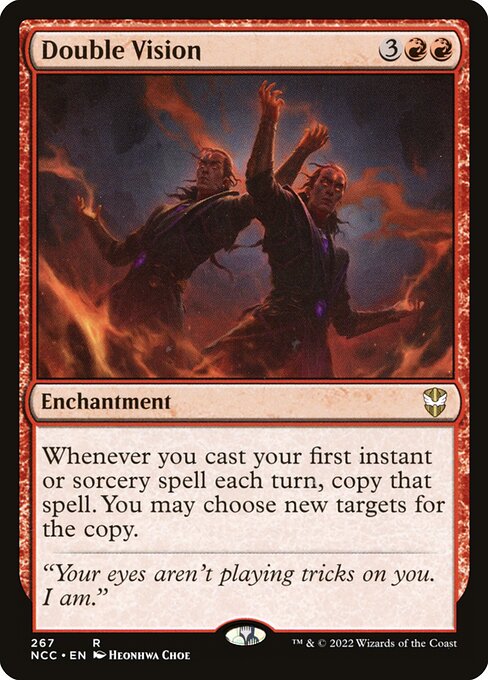
Double Vision
-

Laurine, the Diversion
-
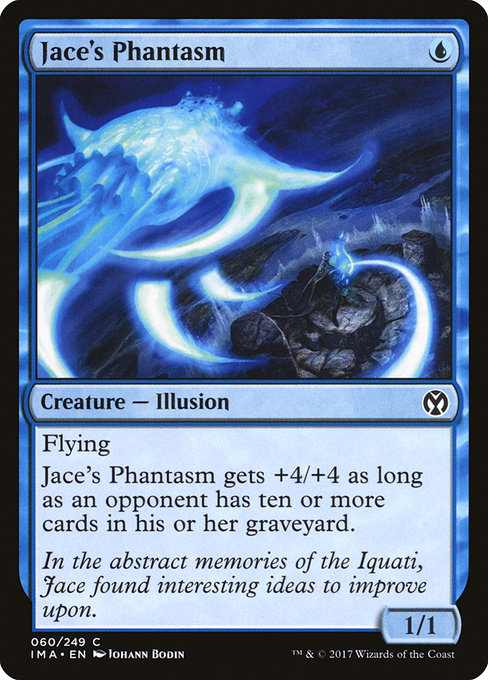
Jace's Phantasm
-
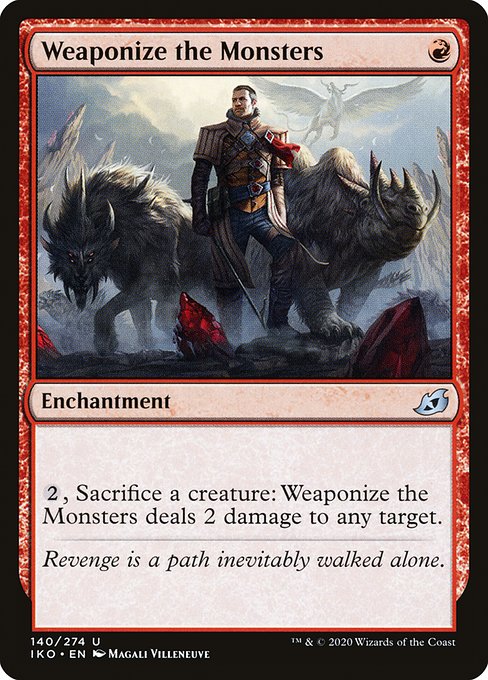
Weaponize the Monsters
-
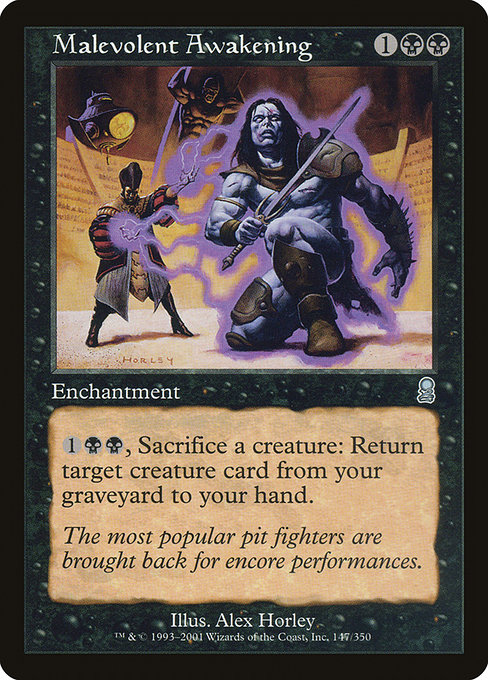
Malevolent Awakening
-

Serum Visions
-

Read the Bones
-
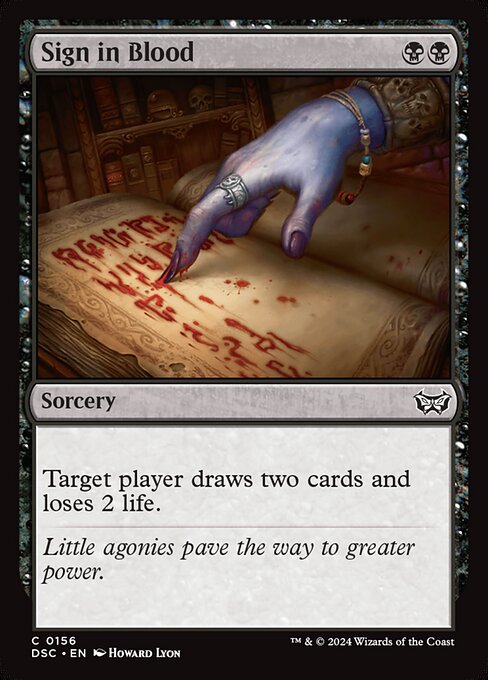
Sign in Blood
Gameplay Summary
The game started with players establishing their board states through mana development and early creatures, with damage-based effects steadily chipping away at life totals.
Obosh led a red-black deck focused on low converted mana cost spells and ping effects, quickly applying pressure with cards like Reckless Fireweaver and Lobber Crew.
Raphael's demon tribal deck contributed to the aggressive early game with small creatures and burn effects, while Kamber and Laurine's partner commanders leveraged creature death triggers to generate tokens and force opponents to attack each other.
Minn's illusion-based deck created and sacrificed illusions for incremental advantage, and Obosh’s synergy with odd-cost spells amplified the damage output. Key turning points included the casting of Camber and Laurine, which enhanced token creation and added goading effects to disrupt combat decisions.
Double Vision doubled sorcery spells, increasing the damage and utility of key spells like Weaponize the Monsters and Malevolent Awakening.
Strategic sacrifices and regeneration interactions, particularly around Chandra's Spitfire, led to significant life swings and tactical board control.
The use of cycle lands and card draw spells like Read the Bones and Serum Visions ensured players had resources for continued pressure.
The game evolved into a battle of attrition with incremental damage pings, token generation, and combat manipulation driving the players toward a lethal board state where the synergy of odd mana value pingers and tribal synergies aimed to close out the game quickly.


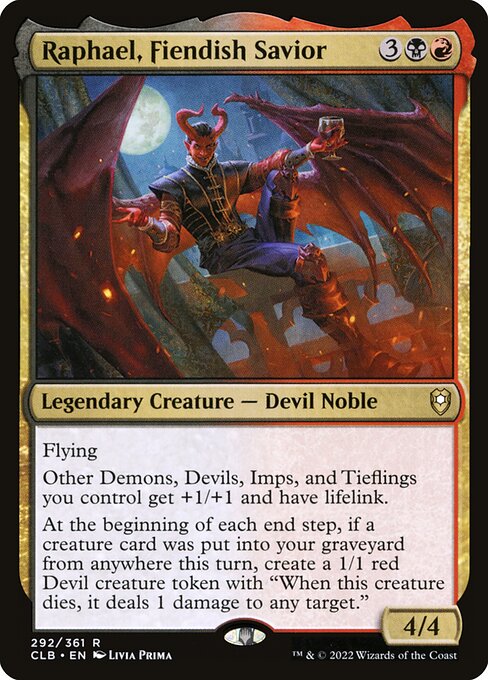


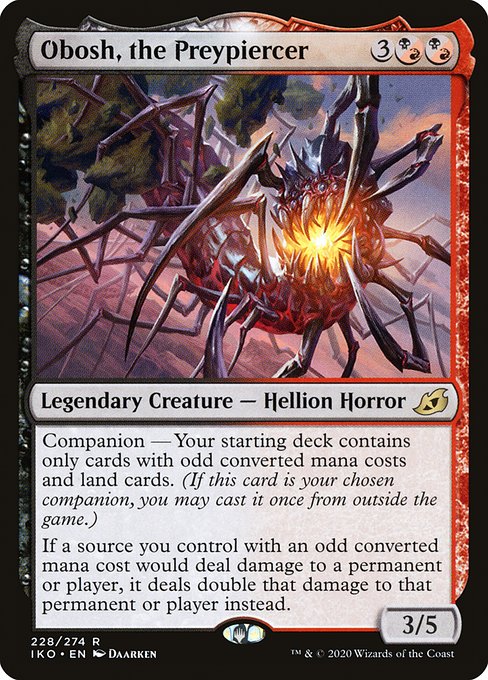





















![Commander mit einem Magic Artist! 🎨 | Herumkommandiert #15 | EDH Commander [Deutsch] thumbnail](https://i.ytimg.com/vi/uOs9J9YWw6Q/sddefault.jpg)




















